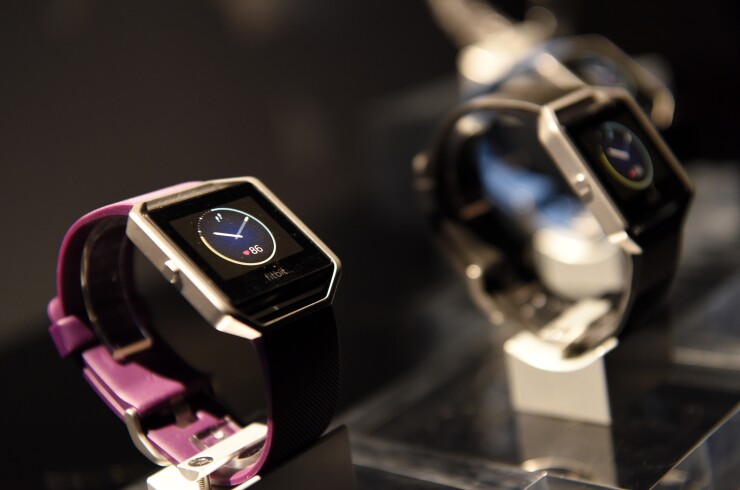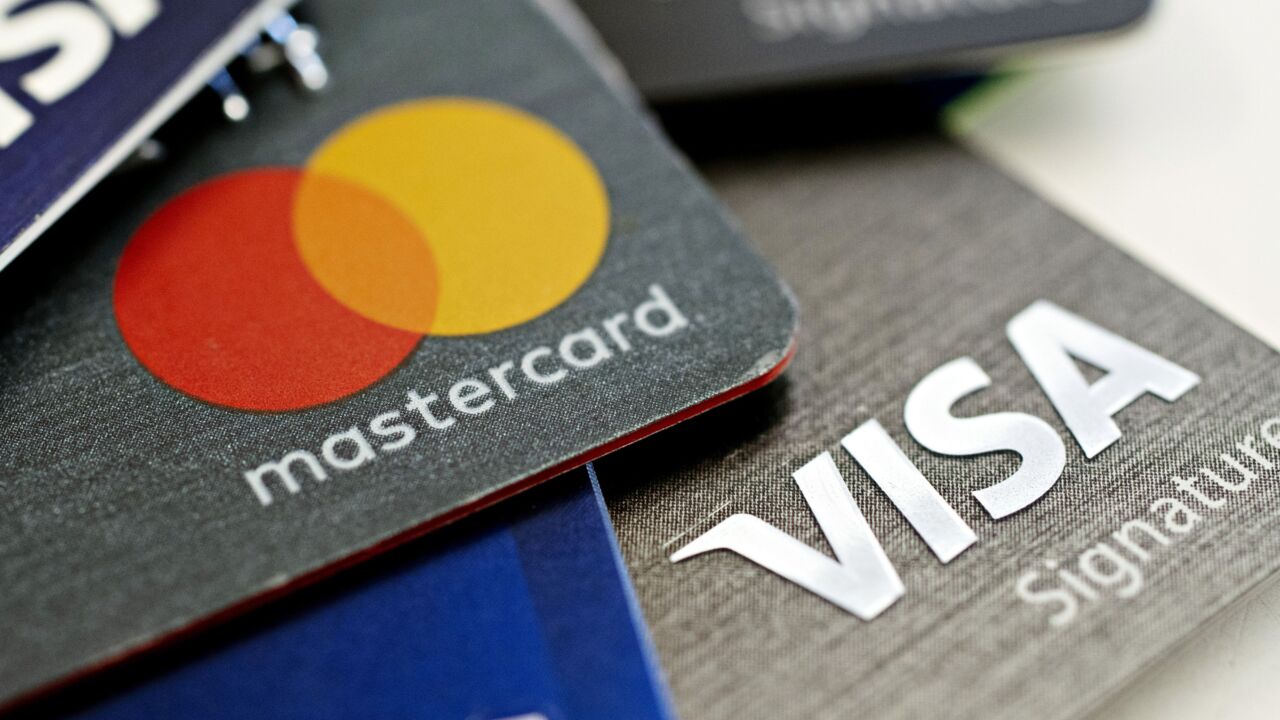Arguably the most recognized name in wearable fitness trackers, Fitbit launched the Fitbit Ionic smartwatch on Monday with support from Mastercard, Visa and Amex. But you'd be forgiven if you didn't know about the card brands' involvement.
Fitbit's plans for payments seemed to fall to the sidelines after its purchase of
True to its reputation as a fitness tracker, the new Fitbit device emphasizes its heart rate monitor, GPS, water resistance and coaching features. Eventually the marketing materials mention "Fitbit Pay," clustered in with mentions of app support and a multi-day battery.

Payments have rarely been a selling point of wearable devices. Google's Android Wear platform does not require NFC, and the Apple Watch's support of Apple Pay may be more a quirk of timing than of strategy, since the watch launched less than a year after Apple's mobile wallet.
In the smartwatch market, consumers may not expect a wearable device to support payments any more than they expect their kitchen appliances to. And yet, the card brands are more active than ever in embedding their technology into a dizzying number of internet-connected devices.
For Mastercard — which has already infiltrated the kitchen via the
"This is the coming to life moment for our commerce for every device program," said Sherri Haymond, executive vice president of digital partnerships for Mastercard. "We have worked to have our tokenization services initially available on smartphones for Apple Pay, Samsung Pay and Android Pay, and then we started talking about expanding the utility of [tokenization] to service different devices."
And despite what the marketing materials say, few people really expect consumers to leave their wallets at home when they go out with their mobile or wearable devices.
"We don't think one thing will replace anything else. Plastic still works and plastic is great," Haymond said, adding the fitness watch would be a good fit for people to make payments while exercising. "You may not want to take anything else with you. You can get a fitness bar without having to take anything out to pay."
Embedding payments is a welcome move for the fitness wearable market, which is narrowing its appeal in other ways, according to Tim Sloane, vice president of payments innovation at Mercator Advisory Group.
"Wearable devices that embed payments provide a valuable new service that may attract a wider audience," Sloane said. "That said, I am of the opinion that the wearables market is going in the opposite direction…Health related wearables have been focused on collecting more health related data and analyzing that data more accurately. Soon every amateur will be able to monitor his or her physiological data to a level that would confuse a doctor. This focus limits the market rather than broadens it. Wearable manufacturers would be better off looking for wearable solutions that address a greater range of problems experienced by the larger market."
Visa and Amex's support is similar to Mastercard's. Users load a Visa card on the Fitbit app for use at NFC-enabled terminals. Amex card members can load U.S. consumer, OPEN Small Business or Corporate Card onto the Fitbit Pay app to pay via Fitbit Ionic.
“Consumers buy wearables for the various features and adding payments is something the users really appreciate as it helps with their daily lives," said Avin Arumugam, senior vice president of the Internet of Things for Visa, in an email. "Combining the ability to track steps, listen to your favorite song and pay for your smoothie all with your smartwatch is very attractive to consumers on the go. As the interest in digital payments continue to rise and we look to a more cashless future, we expect to see the number of payment-enabled wearables continue to grow."
Amex did not make an executive available for comment by deadline.
Consumers will be able to add their cards to fitness smartwatches and pay via tapping their watch near a contactless terminals—Mastercard estimates there's about 6.6 million locations globally. Fitbit's payment feature will debut in the U.S., with plans to expand globally shortly after launch.
Technology will be supplied through the tokens that typically protect digital payments by substituting an alternative number for the user's card number.
Fitbit, which did not make an executive available for comment by deadline, had faced





